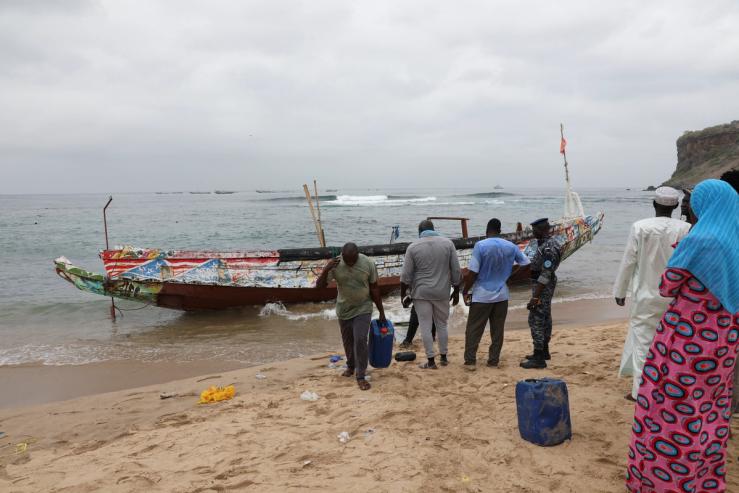The News
More than 60 people are feared dead after a boat carrying mostly Senegalese migrants and destined for Europe capsized off the coast of Cape Verde in the Atlantic Ocean. Spanish NGO Walking Borders said it alerted authorities in four countries to the vessel, which left Senegal on July 10, and may have been adrift for weeks.
SIGNALS
The mass death of migrants has become normalized in Europe, author Sally Hayden argues in an essay for The New York Times. Refugees are fleeing Africa, largely from former European colonies. Rich Western countries, meanwhile, are taking harder stances against migrants entering their borders. "Migration — and the West’s reaction to it — is one of the defining stories of our age," Hayden writes. "We urgently need to find a better approach."• 1
The New York Times, Welcome to Europe, Where Mass Death Has Become Normal
Human smugglers are thriving because of the lack of safe options for migrants fleeing their home countries. "Safe and regular pathways to migration are sorely lacking, which is what gives room to smugglers and traffickers to put people on these deadly journeys," Safa Msehli, a spokesperson for the International Organization for Migration, said.• 2 According to the U.N., smugglers can earn as much as $150 million per year moving refugees between Africa and Europe.• 3
Officials believe there are untold numbers of "ghost shipwrecks" floating in the Atlantic and Mediterranean oceans. The route between North Africa and Italy is considered the most deadly path for migrants entering Europe, but the journey from Senegal to Spain's Canary Islands is just as dangerous. "The only difference is that we have little information because this route is poorly monitored," Flavio Di Giacomo, of the IOM, told The Guardian. "These are long journeys, subject to strong Atlantic winds and only a few of those who leave arrive at their destination."• 4



